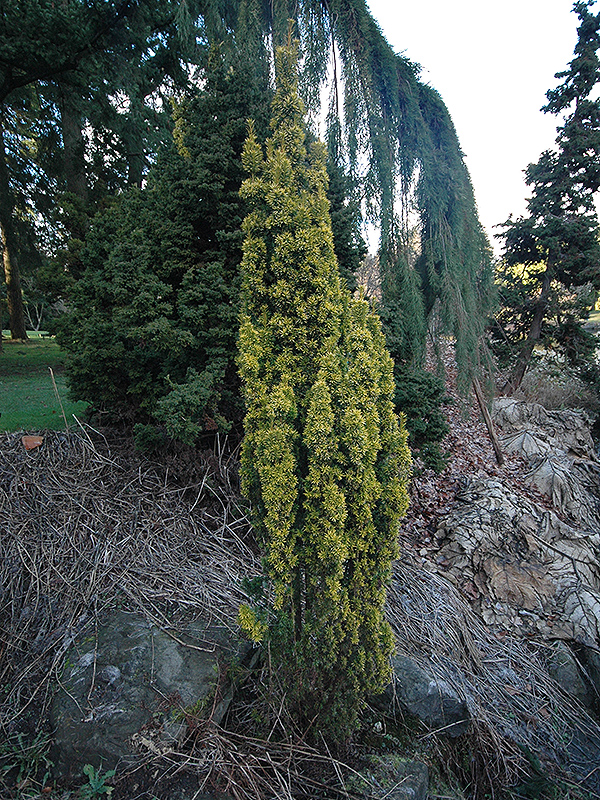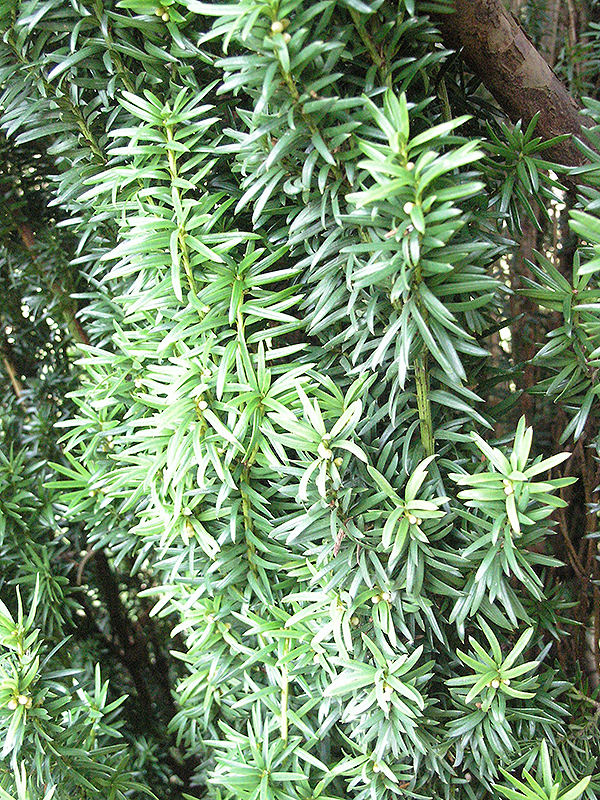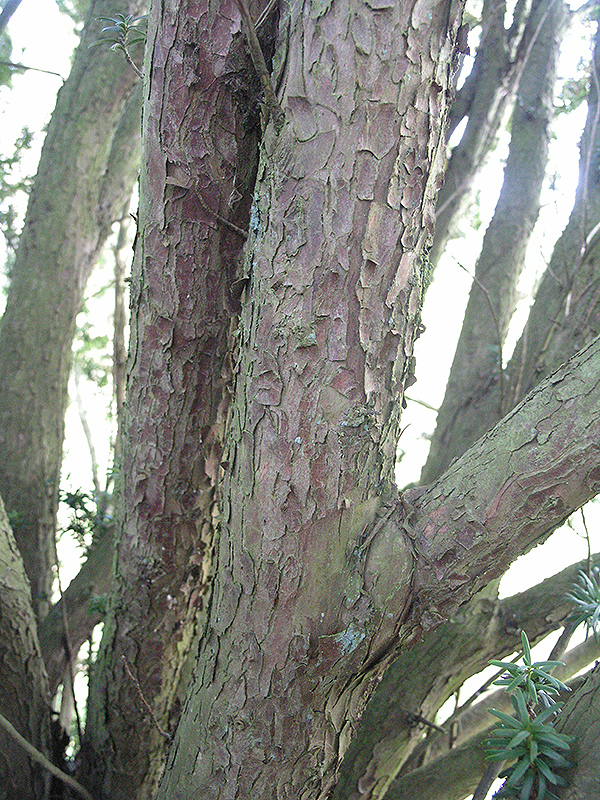
Woody > Taxus > Taxus baccata > Taxus baccata 'Fastigiata Aurea'
Taxus baccata
'Fastigiata Aurea'
Golden Irish Yew
Origin: It was found as a sport in 1780 in a garden in County Fermanagh, in what is now Northern Ireland. Sometimes referred to as T. baccata 'Stricta Aurea'.
Mike's
Opinion


"
An unusually upright, dense formed plant with a slight gold tinge that is at its northern limits growing in Southern Ontario. However, it is a class plant and well worth the efforts of finding a suitable microclimate and affording it some winter protection.
Michael Pascoe, NDP., ODH., CLT., MSc. (Plant Conservation)
"
| Family |
| Taxaceae |
| Genus |
| Taxus |
| Species |
| baccata |
| Cultivar |
| 'Fastigiata Aurea' |
| Category |
| Woody |
| Type |
| Tree (evergreen), Shrub (evergreen) |
| Pronunciation |
| USDA Hardiness Zone |
| 6 - 8 |
| Canadian Hardiness Zone |
| 5a - 8a |
| RHS Hardiness Zone |
| H7 - H4 |
| Temperature (°C) |
| (-21) - (-7) |
| Temperature (°F) |
| (-5) - 20 |
| Height |
| 7 -10 m |
| Spread |
| 2 -3 m |
Photographs
Description and Growing Information
Flowering Period
| General Description |
| Very upright shape, dense in growth, if unprunned can grow 10 m high and to about 3 m wide but is very slow growing. |
| Landscape |
| Used as a dominant accent in the garden. Often seen in English graveyards as very old plants. |
| Cultivation |
| Well drained soils with protection from winter winds. Needs adequate moisture during summer droughts. |
| Shape |
| Dense, columnar form with upright branches. |
| Growth |
| Slow |
| Pests |
| Taxus mealy bug, black vine weevil, taxus scale and yew-gall midge. |
| Habitat |
| Horticultural origin. |
| Bark/Stem Description |
| Exfoliating bark that is lightly fissured, multi-stem trunk, bark colour is brown, bark flakes off easily. |
| Leaf Description |
| Needle like, alternate arrangement, space soft and flexible, yellow green on top and light green on the undersides. |
| Fruit Description |
| Red fleshy like fruits, with a seed in the center of it (arial), the fruit is poisonous. The fruit is evident in July, August, and September. |
| Texture Description |
| Medium texture. |
| Propagation |
| Take cuttings in late summer and early autumn. |


